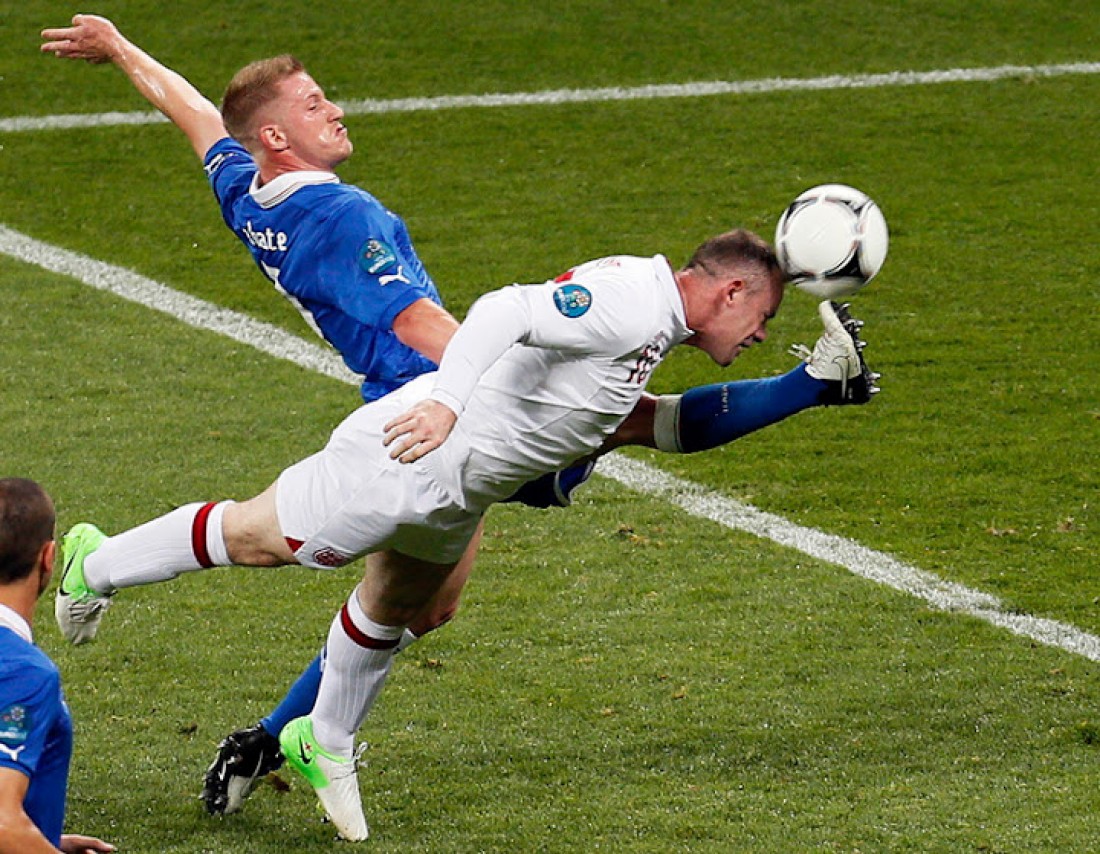In my present Advanced Exercise Physiology class, we were asked to write a small article discussing head injuries in our sport of choice. For me, of course, there was no choice of which sport to write about! Below is my report. Of note in this report is that the commonly recommended “secondary prevention” method of dealing with head injuries and concussions in sports (including in soccer) is the use of baseline and follow up cognitive testing. I am presently in the process of arranging for this service to be offered at the Soccer Fitness Training Centre – stay tuned and enjoy the article!
Soccer is a unique sport, in that the unprotected head is used both to control and advance the ball during game play. Not surprisingly, injuries to the head can be common in soccer, and can include contusions, fractures, eye injuries, and concussions (Kirkendall et. al., 2001). A recent review by Al-Kashmiri & Delaney (2006) examined several different studies utilizing statistical analysis of head injuries in soccer. Among their reported findings were:
- Head injuries comprise 4-22% of total injuries in soccer (Powell & Barber-Foss, 1999)
- Rates of skull fracture or internal head injury are roughly 1-2 injuries per 10,000 soccer players per year in the United States (Delaney, 2001)
- Concussion rates among university soccer players in the United States have been reported to be 0.6 concussions/1000-athlete exposure (men) and 0.4 concussions/1000-athlete exposure (women); unfortunately, there is also widespread belief that, because many concussions or head injuries are mild and thus not sufficient enough to warrant emergency room visits, these reported numbers of concussion occurrence are greatly underestimating the true numbers of concussions among athlete populations (Boden et. al., 1998)
Prevention of head injuries in soccer has been recommended to be approached using two strategies: primary prevention, and secondary prevention (Kirkendall et. al., 2001). Primary prevention generally comprises strategies used to prevent a head injury from occurring at all, and can include advocacy for rule changes, equipment design, supervision and proper fitting of helmets, and training/conditioning exercises. An example of primary prevention in soccer would be the use of helmets like the “Full90” headgear created in 2005 for soccer and other field sports. The Full90 helmets have been proven to significantly reduce the forces generated both when heading the ball, and in other head contact injuries in soccer (www.full90.com).
Secondary prevention, on the other hand, typically involves management of head injuries after they have occurred. In soccer and several other sports, concussion testing such as the “ImPACT” or “Immediate Post-Concussion Assessment and Cognitive Testing” have been used by physicians, athletic therapists, and other health and fitness practitioners. Currently, more than 10,000 medical professionals have been trained by ImPACT on concussion management and the ImPACT Program, and it is also in use by the majority of teams in many professional sports leagues including Major League Soccer (MLS). The value of baseline and follow-up tests like the ImPACT test is that they serve to specifically define an athlete’s cognitive abilities, with a standardized set of rules and criteria used to determine the nature, severity, and return-to-play guidelines for athlete’s head injuries.
Of course, participation in any contact sport (including soccer), carries risks of being injured, among them risks of head injuries. Having a good system and plan including both primary and secondary prevention strategies can help to both minimize the incidence of occurrence and risks of head injuries, and also to properly manage and treat these injuries if and when they do occur.


Leave A Comment